Posts
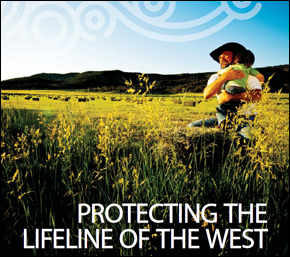
The Stream, August 10: Toxins in Drinking Water
0 Comments
/
There are about 6,000 toxins that the U.S. Environmental Protection…
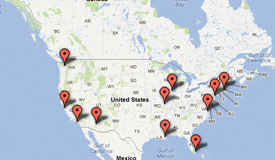
Interactive Map: U.S. Cities Acting Now to Reduce Water Risk from Climate Change
A report from the Natural Resources Defense Council describes water threats and adaptations in a dozen American cities.

China to Cap Energy Use by 2015 in National Low-Carbon Plan
The energy target will be the highlight of a document to come later this year, as well as a cornerstone of China's efforts to curb soaring greenhouse gas emissions, which currently stand at a quarter of the global total. Cutting coal consumption will inevitably also cut water use, as coal is China's largest industrial user of water.
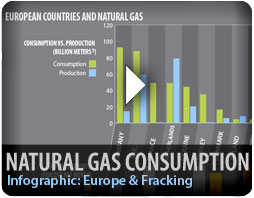
Uncertain Future for Shale Gas in Europe — Accepted by U.K., Rejected by France, Others Undecided
Despite getting a go-ahead in the U.K., shale gas faces an uncertain future in Europe.

The Stream, May 24: Water Business
IPS interviews Chilean environmentalist Sara Larraín about Patagonia's…

The Stream, April 14: Shale Gas
The French government will support parliamentary motions to revoke…
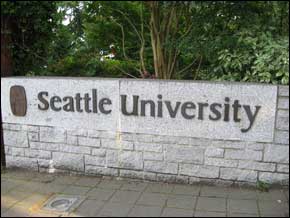
Seattle University Bans Bottled Water on Campus
The university joins a nationwide movement to promote tap water over bottled water.
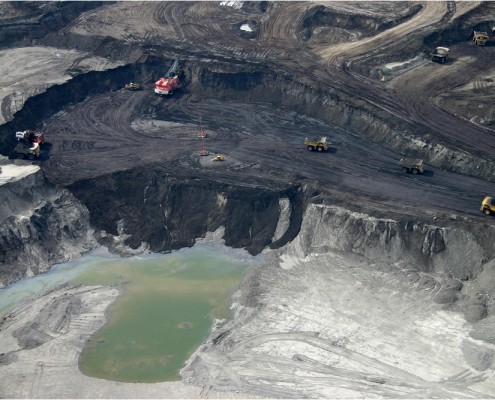
EPA and State Department Square Off On Tar Sands Pipeline
Water use and greenhouse gas emissions are major concerns with oil interests plays.

Study Reviews Western United States’ Water and Energy Future
Proposed western water supply projects are energy- and carbon-intensive, research group says.

Peter Gleick: Climate-change Deniers Versus the Scientific Societies of the World — Who Should we Listen to?
Where should the public, not versed in climate science, look for their information and knowledge about this debate about climate change?

Peter Gleick: Where to find one million acre-feet of water for California.
Californians have improved their efficiency of water use over the past 25 years. The state's economy and population have grown. But total water use has not grown, and per person, each Californian uses far less today. This improvement in efficiency has saved the state's collective rear end. So far.

